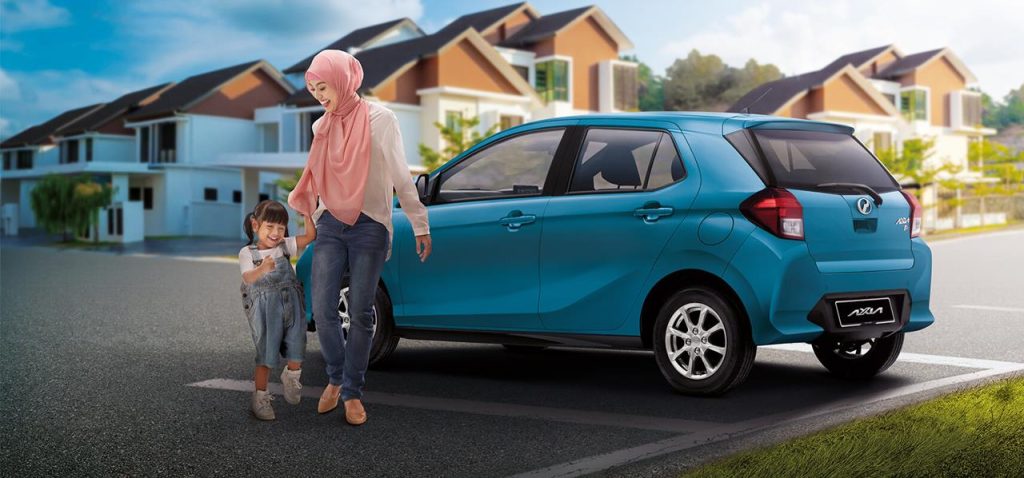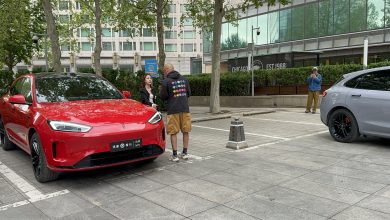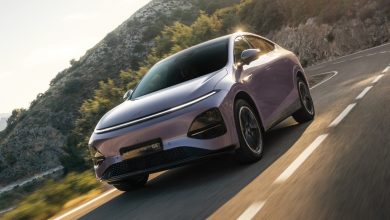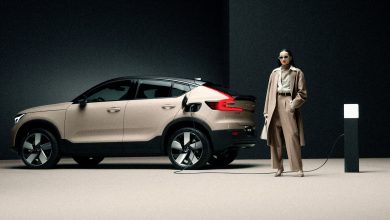Everything You Need to Know About Perodua’s Upcoming 1st EV
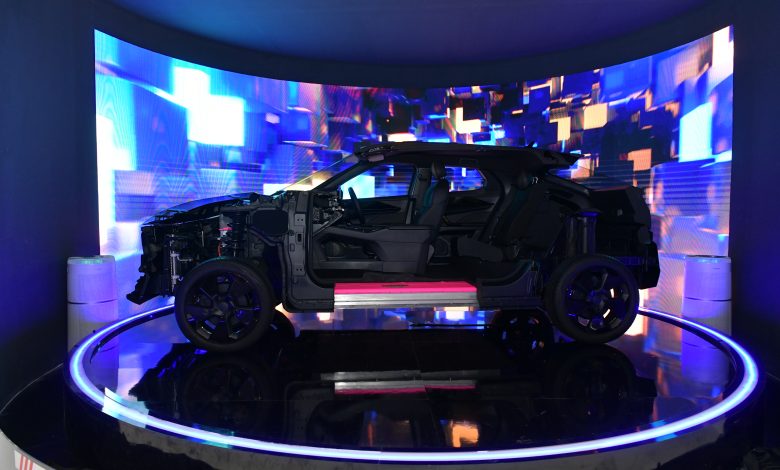
This upcoming premiere Perodua EV is set to make its grand debut in the fourth quarter this year.
Perodua has recently pulled the covers (well, halfway) off the final preview of its first-ever EV at the Malaysia Autoshow 2025. Presented in half-cut form, the prototype, known under the eMO (Electric Motion Online) initiative, marks the final concept stage before the full model is set to be fully unveiled later this year.
Here’s a comprehensive look at everything that’s been confirmed so far about this highly anticipated EV.
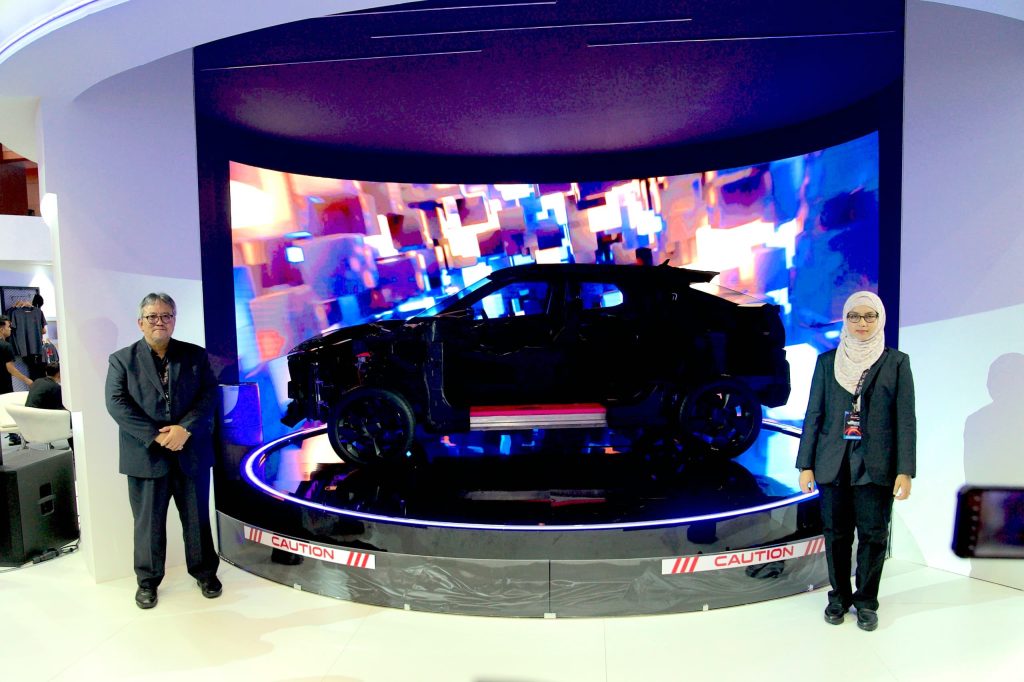
When Is It Launching?
Perodua has confirmed that pre-production will begin in September 2025, with series production scheduled for Q4 2025. The vehicle will be built at a newly established, EV-specific manufacturing plant in Sungai Choh.
Perodua has stated that production of this EV will initially be capped at 500 units per month, in line with a phased rollout strategy. So while the EV may launch before year’s end, it could take a few more months into 2026 before it becomes a regular sight on Malaysian roads.
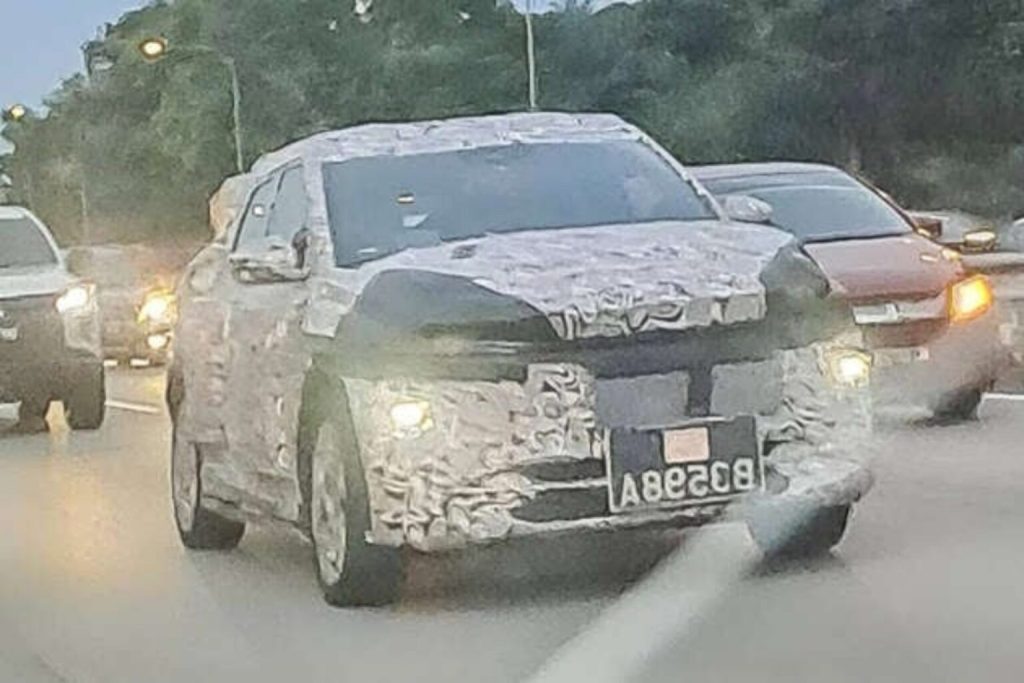
How Big Is It?
Perodua has described its premiere EV as a “small B-segment” SUV. While official dimensions haven’t been released, the prototype on display at the Malaysia Autoshow does nevertheless suggest for it to have a footprint similar to that of the current Ativa.
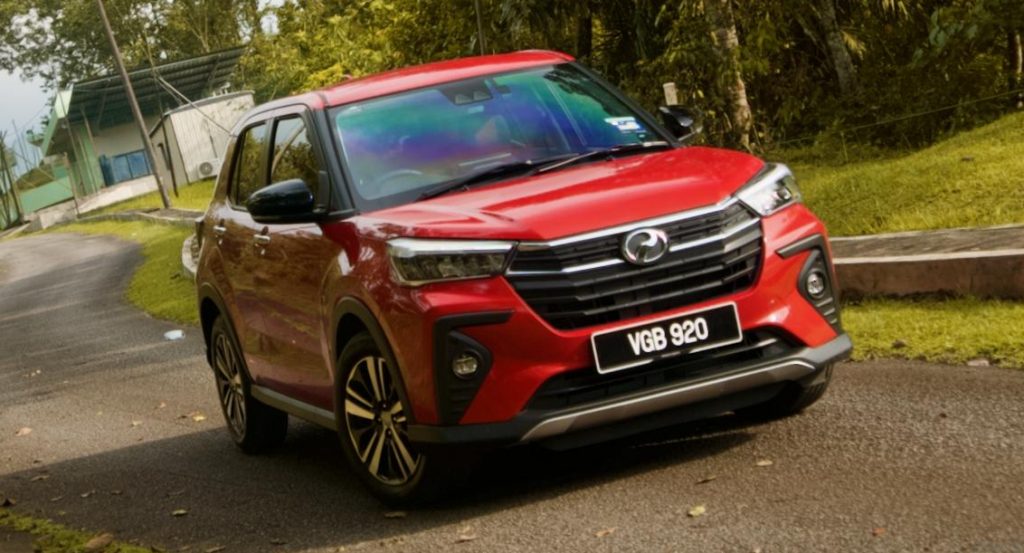
What Does It Look Like?
Perodua’s first EV embraces a more modern crossover-SUV design language, stepping away from the hatchback-based concepts seen in earlier previews. It features a sleek fastback-style roofline, with its overall silhouette resembling a blend between the Chery Omoda 5 and Toyota C-HR.
While the prototype was finished in matte black to obscure finer styling details, several standout elements were still visible:
- Full-width LED light bars at both the front and rear
- Flush door handles, with the rear units discreetly integrated near the window line
- 18-inch alloy wheels (the largest ever seen on a Perodua to date)
For those eager to imagine the final product, rendering wizard Theophilus Chin has since shared digital renders based on the prototype’s proportions and cues.


What’s Inside?
The interior of Perodua’s EV prototype was presented in a near-production state, signalling a clear departure from the brand’s traditionally utilitarian cabins in favour of a more premium and technologically advanced layout.
At the heart of the cabin is a fully digital instrument cluster, complemented by a rotary gear selector and a high-mounted centre console. The dashboard further features soft-touch materials and retains physical switchgear for the single-zone automatic climate control system.
The large central infotainment display in this Perodua EV has been promised with Apple CarPlay and Android Auto support. Other high-tech amenities that have been hinted to come with this car include a 360º surround-view camera system as well as a digital rear-view mirror, both of which are rare at this price point and segment.
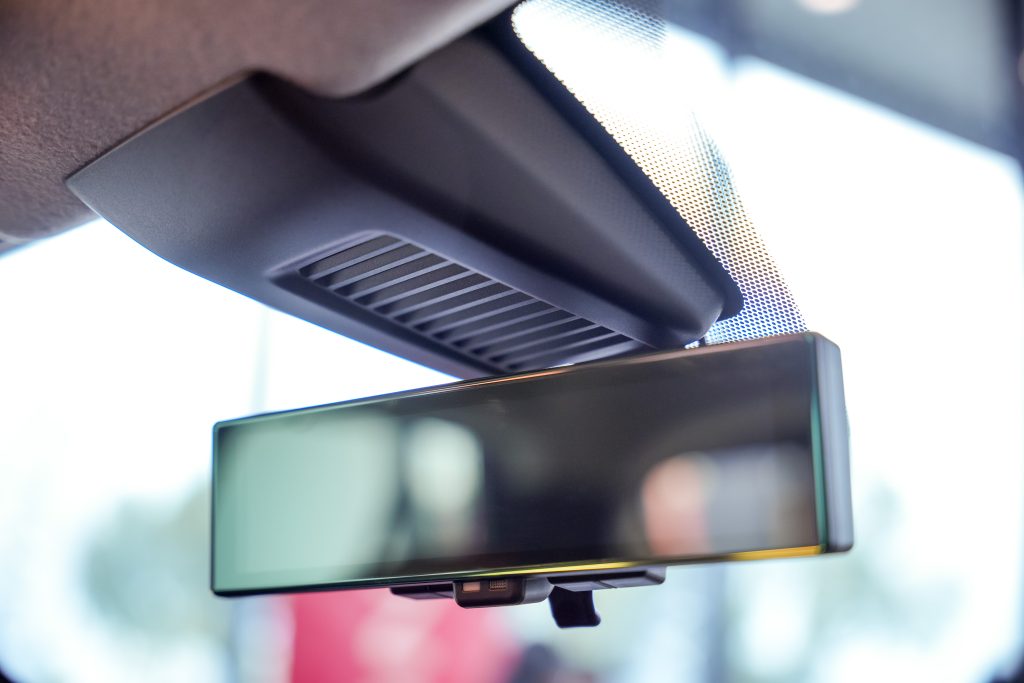
What Are Its Powertrain Specs?
While Perodua hasn’t revealed exact motor specs just yet, they’ve nevertheless shared early performance benchmarks for this EV:
- 0–100 km/h in 6-7 seconds
- Top speed of 165 km/h
Underpinning this is a lithium iron phosphate (LFP) battery pack supplied by CATL, which promises a driving range of 400 – 410 km (NEDC cycle). Fast charging is supported at up to 60 kW DC, although Perodua has yet to confirm exact charge times.
How Will Battery Ownership Work?
This EV will debut with a Battery-as-a-Service (BaaS) model—the first of its kind in Malaysia. Under this setup, customers will lease the battery separately, paying a monthly subscription fee. This strategy significantly reduces the vehicle’s initial purchase cost and alleviates long-term battery degradation concerns.
The lease also includes free replacements if battery health falls below a pre-set threshold. For those who prefer to own the battery outright, a conventional 8-year warranty will apply. Perodua is also working with local banks to bundle the battery lease fee into monthly car loan repayments, simplifying the financing process.
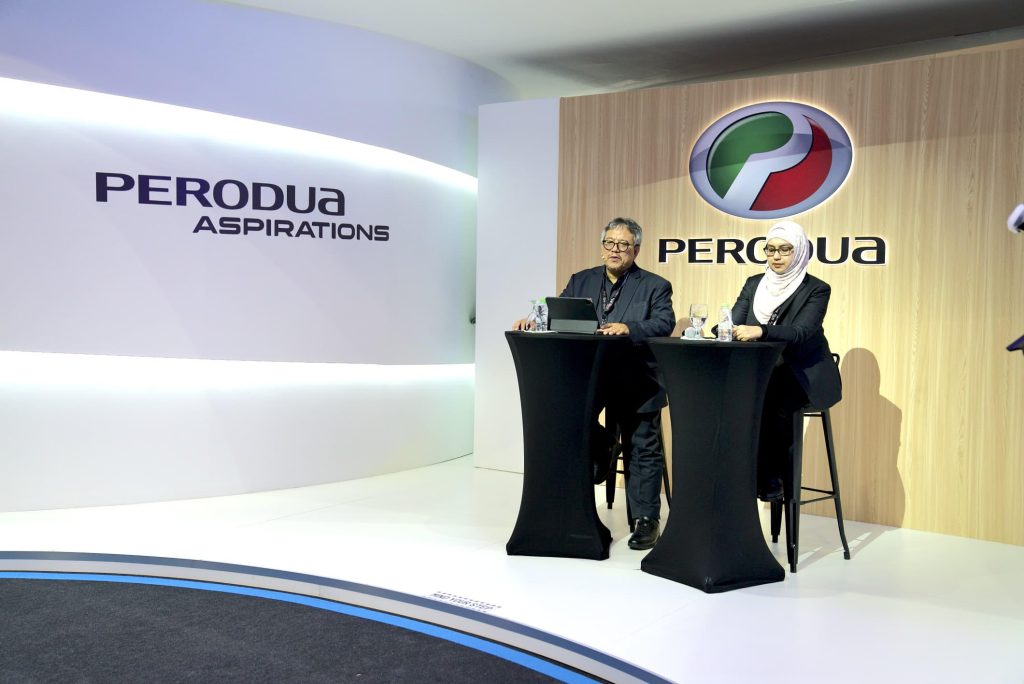
How Much Will It Cost?
Perodua previously hinted at a target price of RM 80,000 for the car without the battery. It currently is still unknown as to how much the BaaS model will cost owners each month.
In terms of long-term value, Perodua is reportedly exploring a “guaranteed future value” programme to support resale and trade-in confidence for its first EV.
Anything Else Worth Knowing?
This upcoming Perodua EV rides on a clean-sheet platform, entirely designed and engineered in-house by Perodua with no help from Daihatsu.
It also features hot press-formed steel (a first for the brand) aiming for improved crash safety and body rigidity. Combined with its advanced ADAS 2.0++ driver assistance suite, the vehicle is targeting a 5-star ANCAP safety rating.
More importantly, this launch is just one part of Perodua’s larger EV ecosystem roadmap. The company has engaged 41 local vendors for EV component supply, with a goal to upskill at least 20 of them to produce high-voltage systems like e-motors and battery enclosures. This represents a major shift toward true localisation, rather than simple assembly or rebadging.
On the energy front, Perodua is working with Austrian firm Emerald Horizon to explore thorium-based energy solutions as a long-term alternative to conventional electricity. At the same time, its current factories are already utilising solar power and natural gas, aligning with a broader mission to achieve carbon neutrality by 2050.
Lastly, the company is investing in education and workforce development. Through initiatives like the X06E project — a joint effort with Politeknik Muadzam Shah — Perodua is helping cultivate local talent in hybrid and EV technologies, ensuring a sustainable EV future built by Malaysians, for Malaysians.
